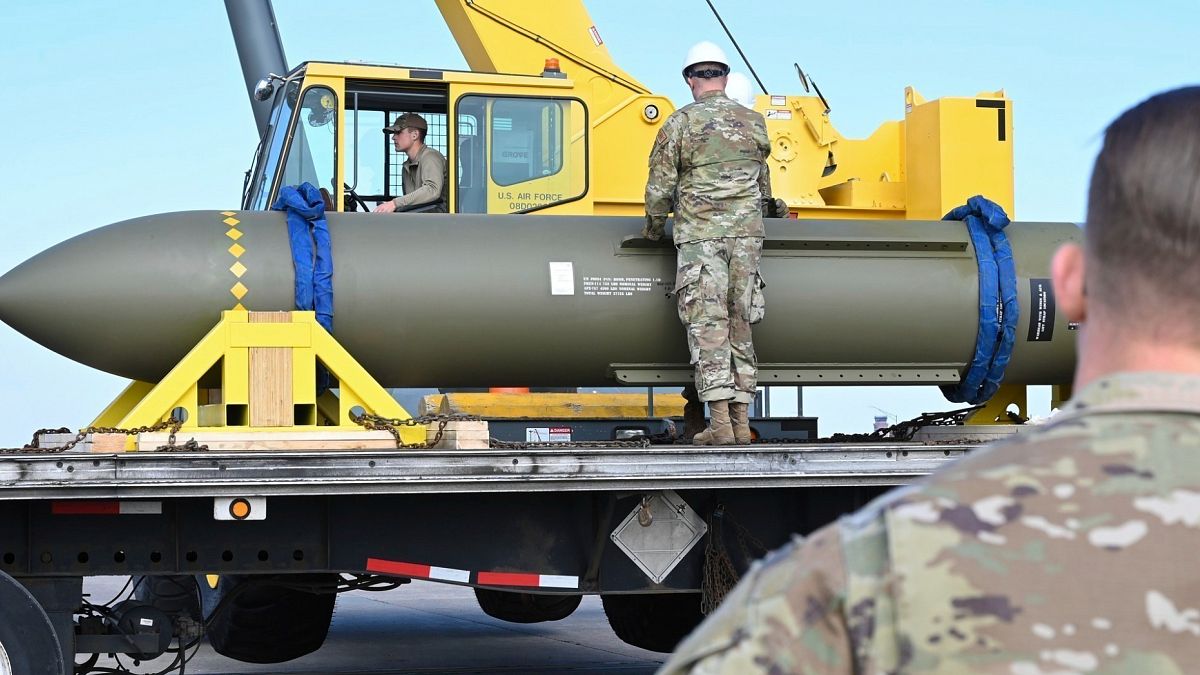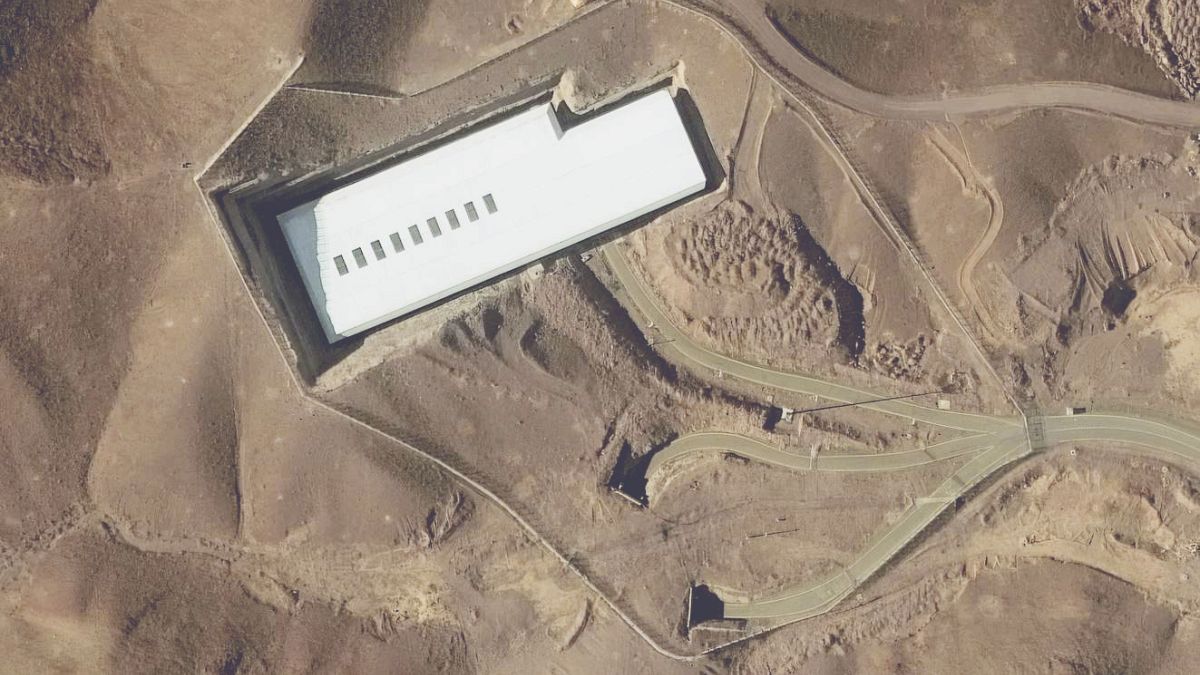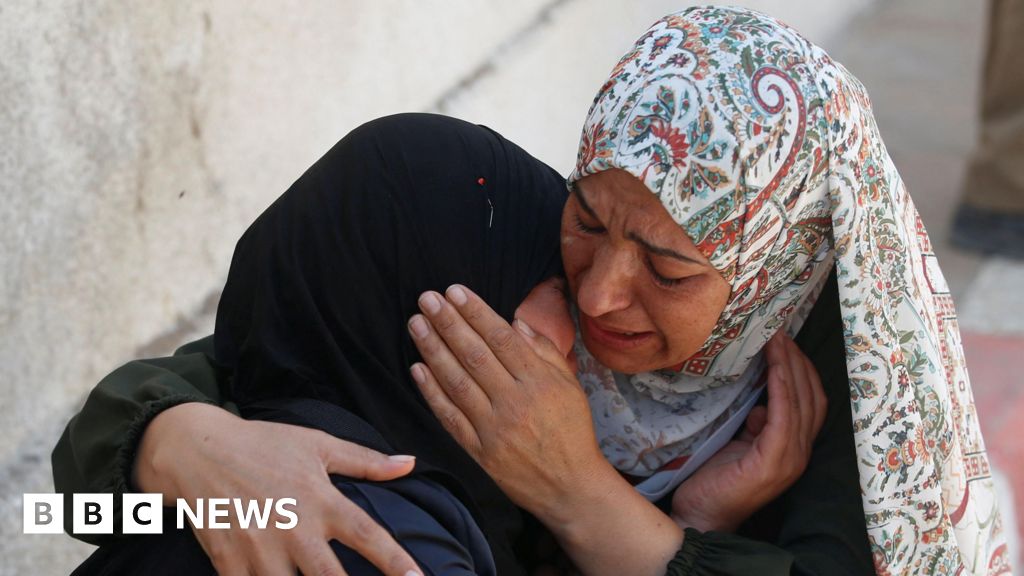
It might be difficult to discern through the black clouds billowing from bomb craters in Tehran, but Iran has spent most of the 21st century as the region’s rising power.
Until recently, things had really been going its way. In Iraq, the U.S. toppled Saddam Hussein, then departed, having turned Iran’s largest and most dangerous neighbor from an enemy to a vassal even before Tehran’s militias rescued Baghdad from ISIS, and then stayed. The forces Iran sent to Syria did double duty, rescuing the Assad regime while opening an arms pipeline to Hezbollah, the Iran-backed militia fighting beside them. Based in Lebanon, -Hezbollah was the crown jewel of the “Axis of Resistance” that Iran had arrayed against Israel.
[time-brightcove not-tgx=”true”]And for more than 80 years, opposition to Israel had defined the Middle East.
For the Islamic Republic of Iran, it still does. Removal of the Jewish state from “Islamic lands” is core to the ideology of the 1979 Islamic Revolution, which cast Iran in the unlikely role of leader of the Muslim world. America was the Great Satan, but for Iran’s proxies in Baghdad, Lebanon, and Yemen, -Israel was the nearer target. So on the eve of Oct. 7, 2023, the leaders of Hamas, the only prominent Palestinian node in the axis, had reason to assume that after breaching Israeli defenses on the Gaza Strip and pouring into Israel by the thousands, they would not be fighting alone for long.
But the axis of resistance barely resisted at all. Hezbollah launched a few missiles a day toward Israel when the “Zionist entity” was most vulnerable. Iran’s leaders had scanned the battlefield, and, seeing an opponent backed not only by U.S. arms and intelligence, but also a nuclear arsenal, remembered why they were investing in one of their own: survival. In the words of Ayatollah Ruhollah Khomeini, creator of the theocratic system that governs Iran, “The preservation of the system is the highest priority.” Solidarity with the Palestinians was laudable, but there’s also such a thing as self-interest.
The problem, for both Iran and the Palestinian cause, is that the rest of the Middle East had already come to the same conclusion. During the two decades Iran was extending its military reach in the name of the Palestinians, the wealthy kingdoms of the Persian Gulf had been making common cause with the Jewish state.
The fact is, most of the Arab world had made some accommodation or other with Israel. Egypt and Jordan, which share borders with Israel, signed peace treaties with it after suffering repeated military defeats at its hands. The Gulf states aligned with Israel in large part out of a shared enmity for Iran. As home to Islam’s dominant Sunni branch, the kingdoms know Iran not only as radical, but as the nominal leaders of the minority Shi‘ite branch, and thus a rival. Saudi Arabia, custodian of Islam’s holy sites, has its own claim to leadership of the world’s Muslims.
As autocratic states, the Gulf kingdoms were also eager clients for an Israeli tech sector that had grown out of its military. Surveillance, not least of millions of Palestinians under occupation (and obliged to use Israeli phone systems), generated startups like the spyware firm NSO Group, which soon found clients in the Arab regimes. One, the United Arab Emirates, was the first nation to cement diplomatic ties with Israel under the Abraham Accords, the signal diplomatic achievement of the first Trump Administration. Three other Arab states followed, and the Saudis keep signaling their intention to do the same once the situation in Gaza permits.
But Gaza churns on, a war Israel had not expected, and has no plan to win, because at bottom it’s not a military affair. The Palestinian question—What to do about the people who claim the same land Jewish Israelis do?—will still be waiting when the shooting stops. The war on Iran, by contrast, is one Israel spent years planning for, and opened with the playbook of deception, decapitation, and precision strikes on missile sites that decimated Hezbollah in the space of a month last September, freeing Israelis from the dread of the militia’s 100,000 missiles, and exposing Iran to the Israeli offensive that began June 13.
Read more: How Netanyahu Pushed Trump Toward War
That day, a shepherd posted cell phone footage of an Israeli C-130 low in the sky over Syria, sheep bells clanking over the roar of the engines. The Assad family had fled the country months earlier, helpless to keep rebels out of Damascus without Hezbollah. Iran sent a plane to evacuate its generals to Tehran. There, the question is how Israel will choose to define victory. Regime change did not go so well in Iraq. And the stated goal of demolishing Iran’s nuclear facilities appears impossible without U.S. airstrikes.
That decision rests with Donald Trump. His choice may alter the region in unforeseen ways. But by reaching past the Palestinians to embrace Israel, as well as the sheiks of the Gulf, the U.S. President already has described the contours of its new, more transactional reality. In 1945, the mere prospect of an Israeli state inspired a boycott by every Arab one, in the name of the Palestinians. Eighty years later, an Arab nation can declare outrage that 55,000 have been killed in Gaza, then dispatch jets to intercept Iranian missiles aimed at Tel Aviv, joining Israeli warplanes in the skies over a new Middle East.

 4 hours ago
3
4 hours ago
3









